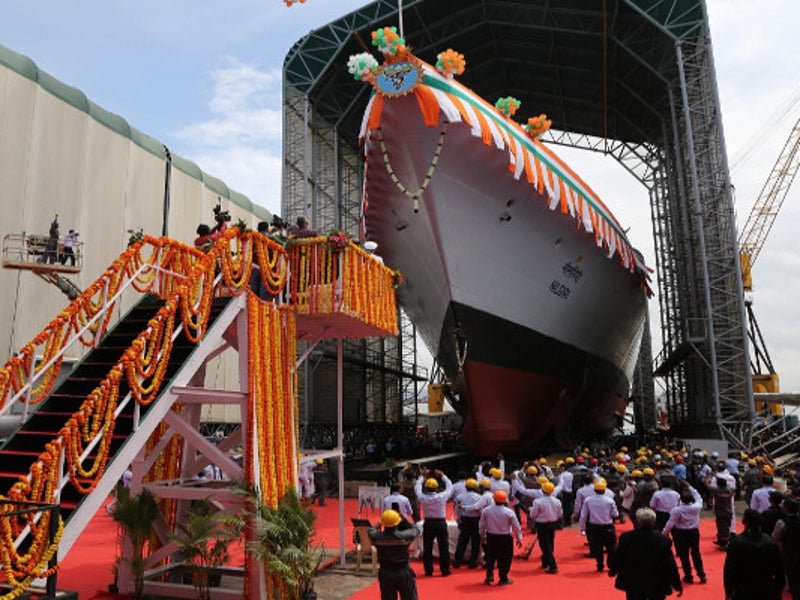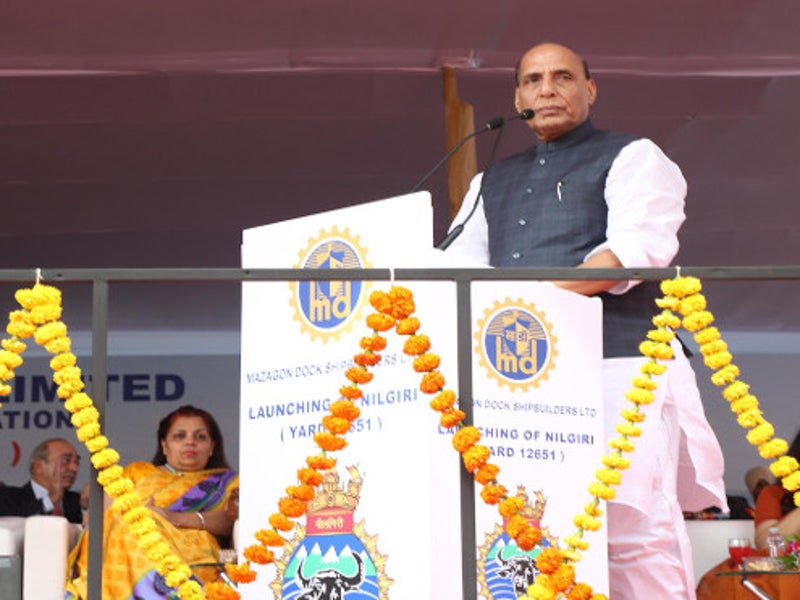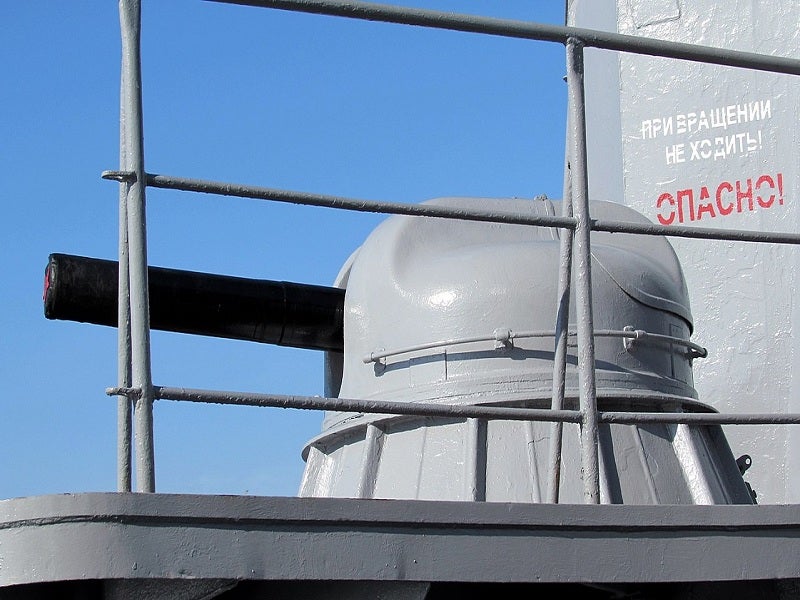The Project 17-A Nilgiri-class stealth frigates are being built by Mazagon Dock Shipbuilders and Garden Reach Shipbuilders & Engineers (GRSE) for the Indian Navy. The frigates are named after hill ranges in India.
The Project 17-A followed the Project 17 Shivalik-class frigate. In December 2017, the keel-laying ceremony of the first stealth frigate INS Nilgiri (12651) was held at Mazagon Dock Shipbuilders in Mumbai, India. The ship was launched in September 2019 and is expected to be delivered to the Indian Navy in 2022.
Project 17-A details
The Project 17-A involves the construction of seven warships. Mazagon Dock Shipbuilders will build four vessels, while GRSE will construct the remaining ships. The project demonstrates the nation’s indigenous capabilities to design, build and integrate systems for modern stealth combat ships.
The Indian Ministry of Defence (MoD) received approval from the Cabinet Committee on Security (CCS) to develop warships under the Project 17A in September 2012. The MoD signed shipbuilding contracts with Mazagon Dock Shipbuilders and GRSE in February 2015.
Mazagon Dock and GRSE signed a contract with Bharat Electronics Limited (BEL) for seven Barak-8 air defence missile systems in September 2018. BEL was also contracted to support the delivery of Israel Aircraft Industries’ (IAI) missile systems in October 2018. Mazagon Dock contracted Fincantieri to provide technical assistance for the Project 17A.
The frigates are being built using modular integrated construction, which will reduce the shipbuilding time and cost.
Project 17-A Nilgiri-class design and features
The Project 17-A frigates integrate modern design and stealth features such as radar suppression screens and deck fittings with no radar signature. The warships are designed to offer superior stealth performance compared to their predecessors. The latest design concept further improves survivability, manoeuvrability and sea-keeping characteristics of the vessels.
The Nilgiri-class frigate is 149m-long and 17.8m-wide and will have a displacement of 6,670t. The ships will use high levels of automation, which will reduce the crew complement by approximately 60% and operational costs by 20%.
The stern vessel’s deck can accommodate two medium-sized rotorcraft such as HAL Dhruv or Sea King Mk. 42B helicopters.
Weapon systems
The forward bow deck will be fitted with an Oto Melara 127mm naval gun system that has an effective firing range of 30km. Two AK-630 close-in weapon systems will provide close-point defence onboard the vessel. The AK-630 system can protect against incoming anti-ship missiles and guided weapons, fixed or rotary-wing aircraft, vessels and small craft, shore-based targets and floating mines.
Each frigate will be armed with 32 Barak 8 and eight BrahMos surface-to-air missiles (SAM). BrahMos is a medium-range supersonic cruise missile with a maximum operational range of 500km. The missiles will be fired from vertical launch systems.
The anti-submarine warfare (ASW) systems on board the frigate will include two RBU-6000 ASW rocket launchers and two triple-torpedo tubes.
Sensors and countermeasures
The frigates will be equipped with an advanced sensor suite, integrating an EL / M-2248 MF-STAR multifunction active electronically scanned array (AESA) radar and a Humsa-NG bow-mounted sonar.
Countermeasures will be supported by the Ajanta electronic warfare system and Kavach decoy launching system.
Project 17-A Nilgiri-class propulsion
The ships will be equipped with a combined diesel and gas (CODAG) type propulsion system, integrating two MAN Diesel 12V28 / 33D STC engines and two General Electric LM2500 marine gas turbines.
Each diesel engine will have a maximum power output of 6,000kW, while the gas turbine will develop a maximum power of 25,060kW. The propulsion system will ensure the highest sustained speed of more than 28k. The vessel can reach a range that exceeds 10,000km at economical speeds.










